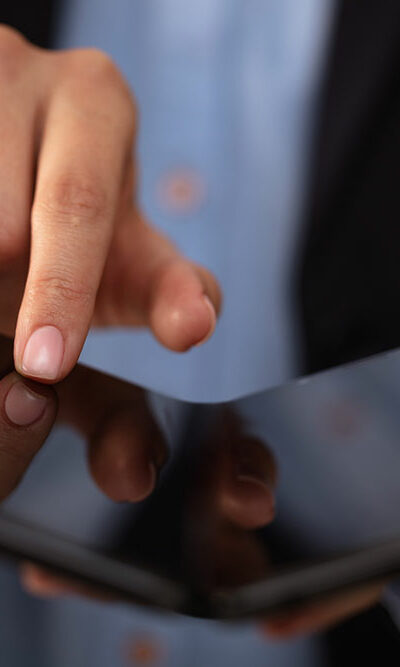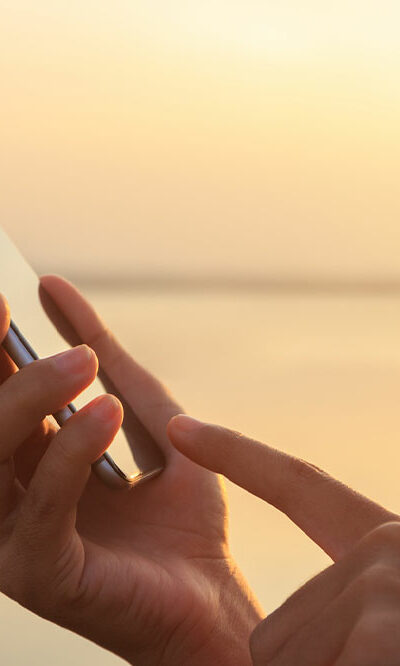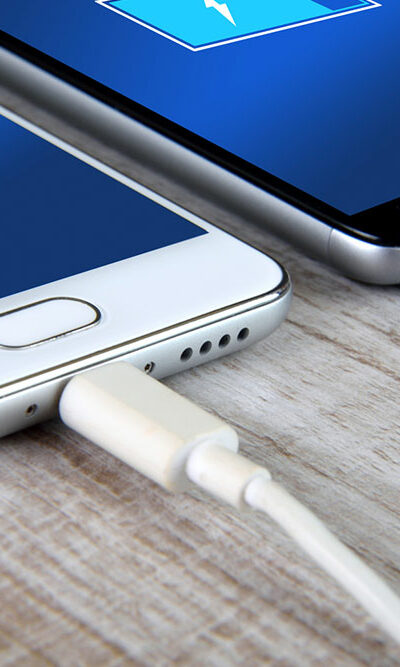
Key Things to Know About the Samsung Galaxy Z Fold Series
The Galaxy Z Fold series is one of the latest examples of Samsung’s unwavering commitment to innovation and user-centric design. With each model, the brand has raised the bar for foldable technology, offering devices that combine style, functionality, and cutting-edge features. As the series continues to evolve, it may just be a glimpse of the future of smartphone design and user experiences. So, here is everything one should know about the Galaxy Z Fold series: Initial offering The first generation Galaxy Z Fold paved the way for Samsung’s exploration into foldable technology. Featuring a 7.3-inch AMOLED display, it introduced users to a new era of multitasking and immersive experiences. The revolutionary hinge mechanism ensured seamless transitions between folded and unfolded states. While subsequent models have refined and enhanced the concept, the Galaxy Z Fold remains an iconic milestone in the evolution of smartphones. It emerged as a pioneering technology in foldable phones. At the moment, the original Galaxy Z Fold is much more affordable than other models in the series, serving as an entry point into the world of foldable technology. Early models – The Galaxy Z Fold 2 marked a significant leap forward in foldable smartphone design. With a larger, 7.6-inch AMOLED display, it offered users an expansive canvas for multitasking and immersive content consumption. The Ultra Thin Glass (UTG) layer provided enhanced durability, while the Hideaway Hinge allows for flex mode, revolutionizing user interaction. Samsung also considered affordability, offering flexible payment plans and trade-in options to ensure that the Galaxy Z Fold 2 was within reach for diverse buyers. The phone proved even more affordable for enthusiasts with the shopping season deals following its release. – The next model in the series was the Galaxy Z Fold 3, equipped with a 7.6-inch AMOLED display when unfolded. Like other models in the lineup, it provides users with a canvas for productivity, creativity, and entertainment.









